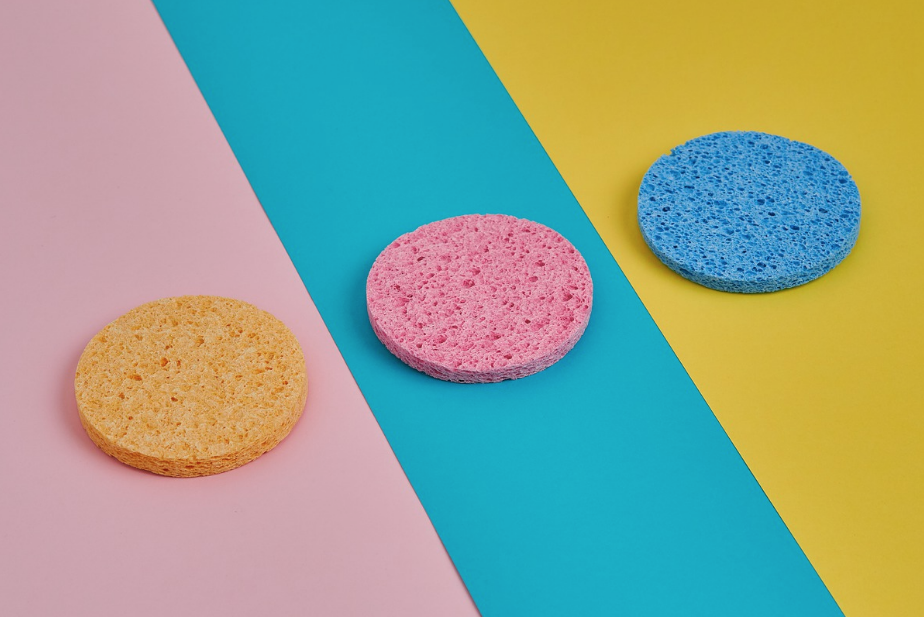 Your solid surface countertops have longevity and durability when properly cared for and maintained. A solid surface Corian or HiMacs material are easy to clean and repair. Compared to other materials, they require relatively little maintenance. Follow these simple cleaning tips to keep your solid surface countertop free from mold, bacteria, viruses, and grime.
Your solid surface countertops have longevity and durability when properly cared for and maintained. A solid surface Corian or HiMacs material are easy to clean and repair. Compared to other materials, they require relatively little maintenance. Follow these simple cleaning tips to keep your solid surface countertop free from mold, bacteria, viruses, and grime.
Use the Right Cleaning Solutions
You want to avoid abrasive cleaners when cleaning your countertop. The cleaning techniques greatly matters on the type of finish. Do you have matte, high-gloss, or semi-gloss? Depending on the type of finish you have, choose the right cleaning solution for your solid surface Corian countertop.
In most cases soap and water will remove most dirt and grime. Then follow up with an ammonia-based cleaner. If you have a strong stain that will not let up, you can use a more abrasive cleaner. Always follow the instructions when using strong cleaners and be sure to air out the space.
Cleaning the Counter
You want to cover the entire surface with the soap and water or cleaning solutions. Use a soft damp cloth when cleaning. Follow the instructions of the cleaning solution then wipe away all moisture after finishing. Some stain may need to soak for a period of time before the dirt will wash away. Prevent residue by drying the surface thoroughly.
What to Avoid
Don’t use acidic drain cleaners, oven cleaners, or toilet cleaners when cleaning your solid surface countertop. You may irreparably damage the surface with these cleaners. If you have a difficult stain, most of the time a damp cloth with a little bit of more abrasive cleanser will help remove the stain. For pen marks or permanent marker, you can use a Scoth-Brite pad with cleanser.
Furniture Polish
Add some extra shine with furniture polish. You can use furniture polish on dark-colored solid surface countertops. Follow the manufacturer’s instructions to avoid damaging your countertop. Look for a food-safe polish if you plan on using the countertop for food preparation.
Countertop Repair and Replacement
Sometimes your countertop needs more than a simple polish and cleaning. Call the experts at Solid Surface Canada about repairing and replacing your old countertop. We pride ourselves on superior workmanship. Call our friendly staff today. We will be happy to answer any of your countertop questions. We cover a wide range of brands including Corian, Formica, Avonite, Hanex, and many other brands. Contact us today.
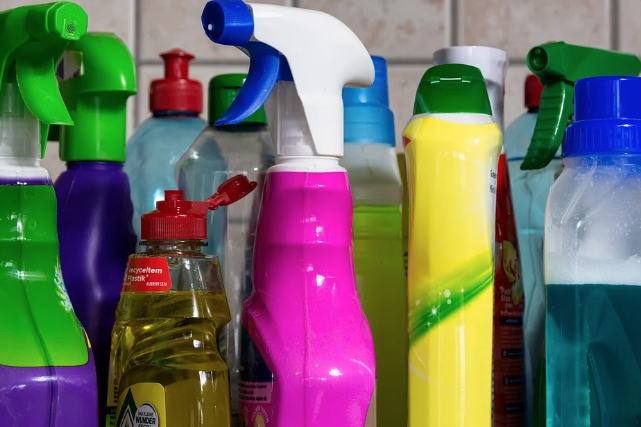 Your kitchen is the heart of your home. It’s where you cook, entertain, and feed your family. Keeping your family safe and clean from bacteria and viruses keeps your family healthy and safe. Whether you have solid surface, marble, or laminate countertops, find out right now how you can keep your kitchen germ-free.
Your kitchen is the heart of your home. It’s where you cook, entertain, and feed your family. Keeping your family safe and clean from bacteria and viruses keeps your family healthy and safe. Whether you have solid surface, marble, or laminate countertops, find out right now how you can keep your kitchen germ-free.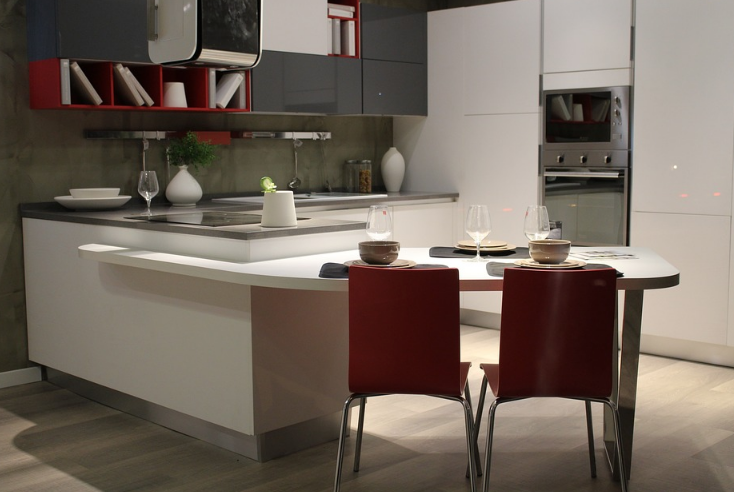 Keep your solid surfaces clean and pristine for years to come with these simple maintenance tips from our experts. Prevent damage and scratching of your solid surface countertops. Enjoy beautiful counters for years to come.
Keep your solid surfaces clean and pristine for years to come with these simple maintenance tips from our experts. Prevent damage and scratching of your solid surface countertops. Enjoy beautiful counters for years to come.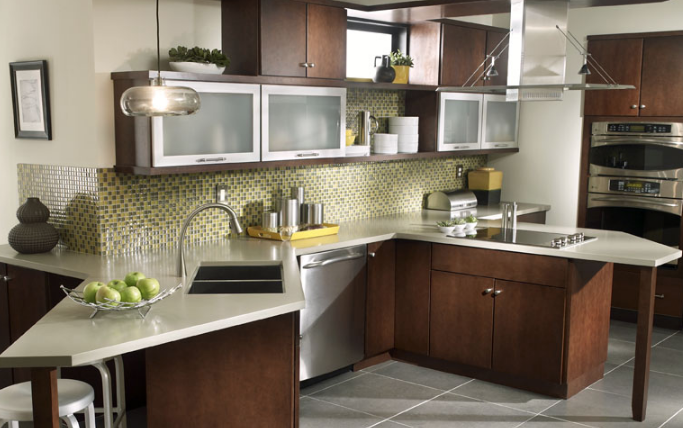 Ready to choose the right countertop for your home? With so many options like solid surface, quartz, and other materials, how can you choose? For over fifty years, solid surface countertops have durability and a versatile number of styles. Be inspired with these kitchen countertop ideas.
Ready to choose the right countertop for your home? With so many options like solid surface, quartz, and other materials, how can you choose? For over fifty years, solid surface countertops have durability and a versatile number of styles. Be inspired with these kitchen countertop ideas.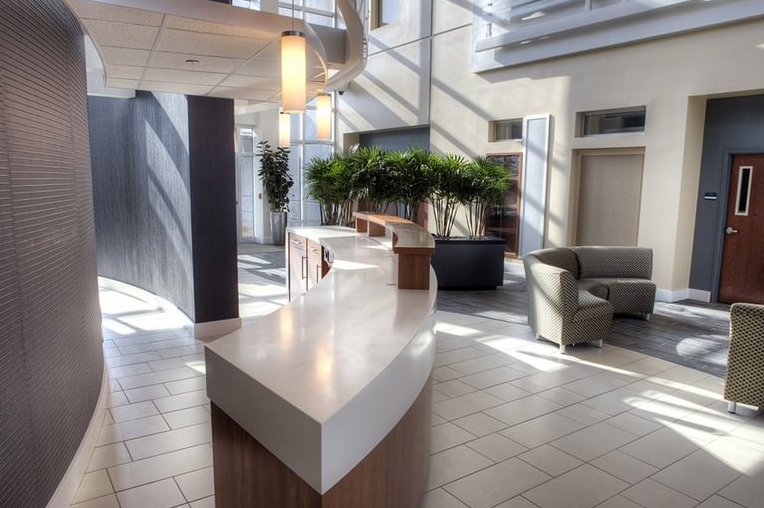 Whether you own a home, have a small business or run a large restaurant chain, you make a first impression the minute someone walks through your door. The right countertops make a statement about your home or business. You want surfaces that emphasize both elegance and functionality, as well as your individual taste. Explore this year’s trending Minimalist design ideas.
Whether you own a home, have a small business or run a large restaurant chain, you make a first impression the minute someone walks through your door. The right countertops make a statement about your home or business. You want surfaces that emphasize both elegance and functionality, as well as your individual taste. Explore this year’s trending Minimalist design ideas.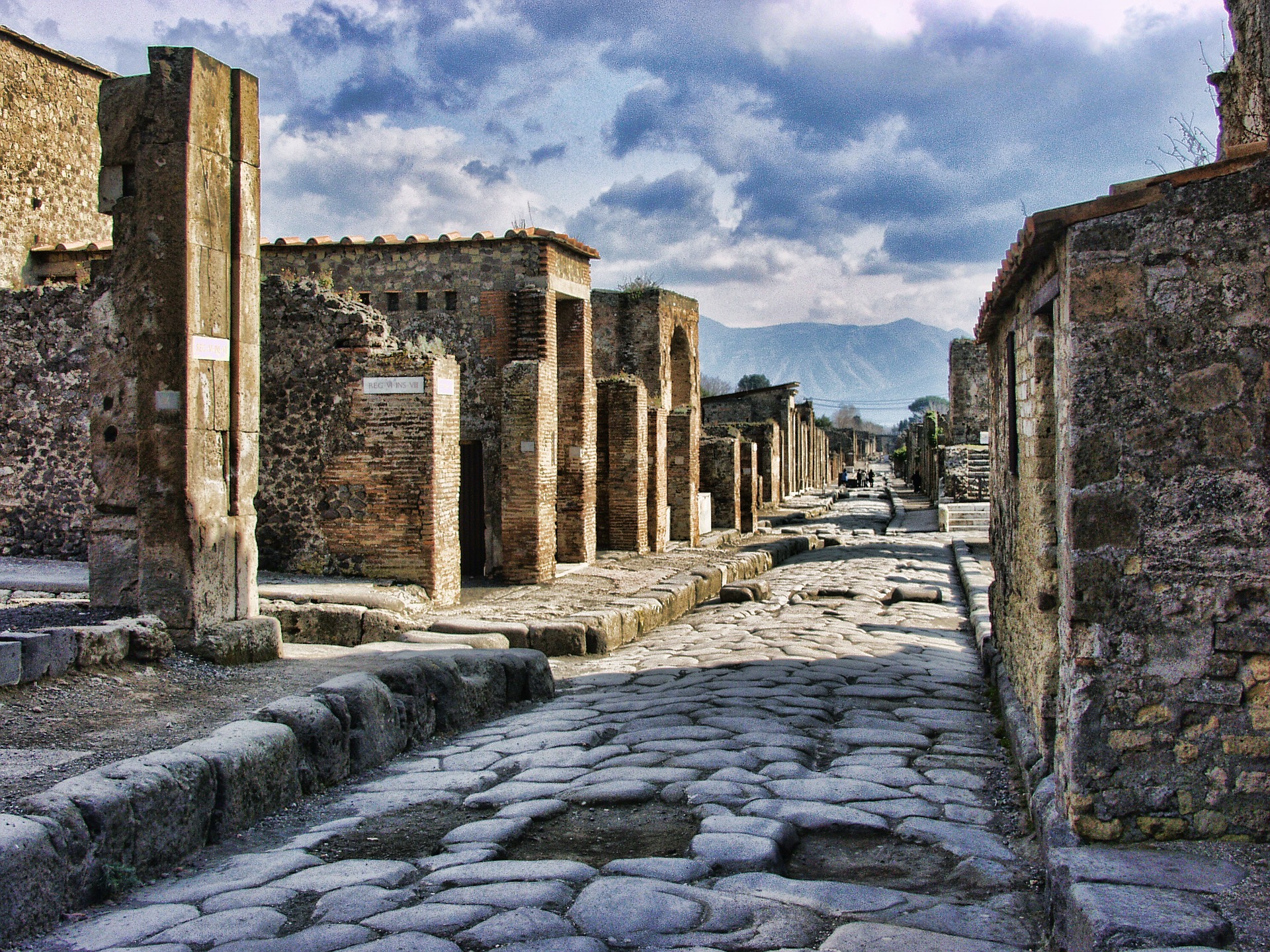 You probably best know Corian material from your kitchen. This synthetic material is durable, hygienic, and versatile. No matter what color or design you’re looking for, you can create a Corian material that
You probably best know Corian material from your kitchen. This synthetic material is durable, hygienic, and versatile. No matter what color or design you’re looking for, you can create a Corian material that 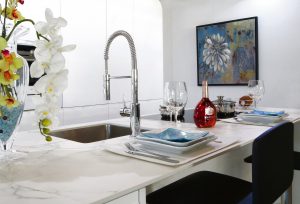 Kitchen countertops are often the focal point of any kitchen. Great care needs to be taken when deciding what will look the best in this busy room. Here are five different types of kitchen countertops and what to expect from them.
Kitchen countertops are often the focal point of any kitchen. Great care needs to be taken when deciding what will look the best in this busy room. Here are five different types of kitchen countertops and what to expect from them.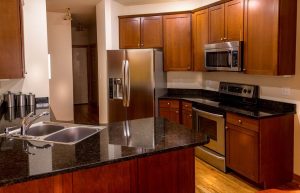 With your busy life, you don’t have time to deal with countertops that need tons of regular maintenance. Sealing natural stone and worrying about scratches and stains is more work than many of us want to put into our kitchen! Fortunately, there are a wide variety of countertop materials that are significantly lower maintenance, allowing you to have great countertops without the added work or stress.
With your busy life, you don’t have time to deal with countertops that need tons of regular maintenance. Sealing natural stone and worrying about scratches and stains is more work than many of us want to put into our kitchen! Fortunately, there are a wide variety of countertop materials that are significantly lower maintenance, allowing you to have great countertops without the added work or stress.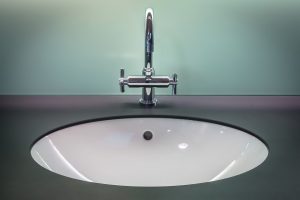 When picking a new surface for your kitchen or bathroom sink, we highly recommend
When picking a new surface for your kitchen or bathroom sink, we highly recommend 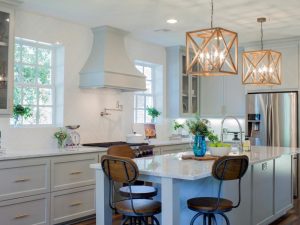 After more than 15 years of experience working in and around kitchens, you would think nothing could surprise the experts at
After more than 15 years of experience working in and around kitchens, you would think nothing could surprise the experts at 



 Copyright © 2025 · Solid Surface · Web design by
Copyright © 2025 · Solid Surface · Web design by